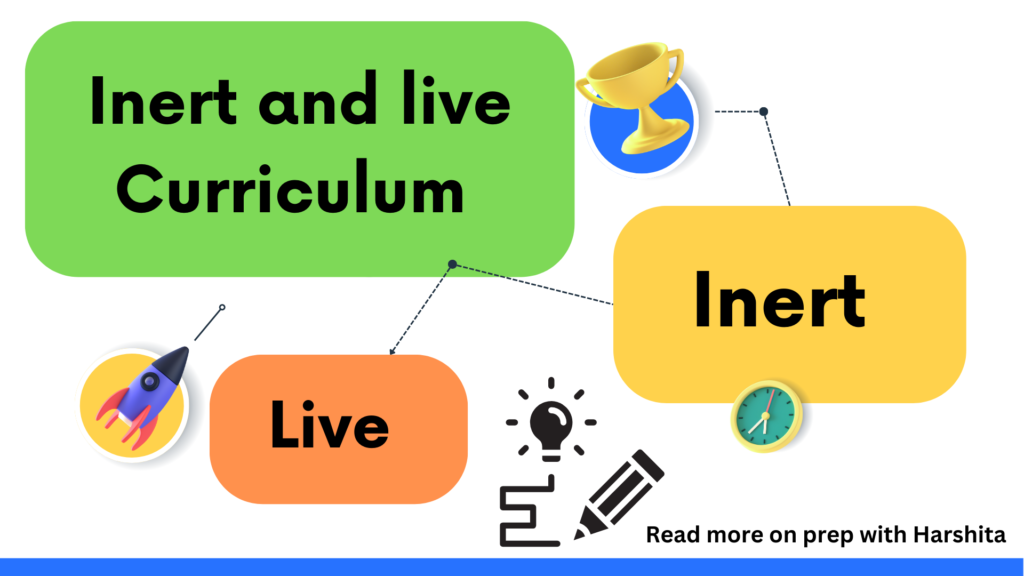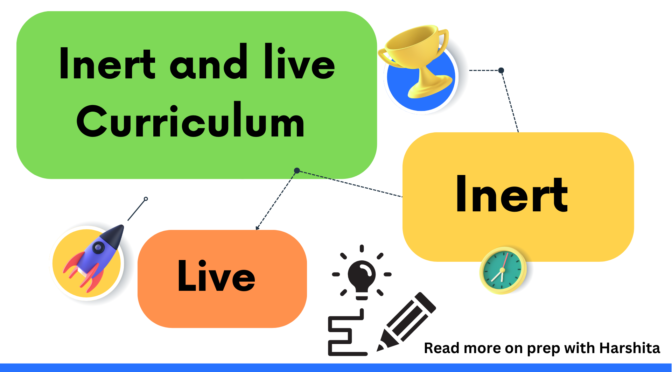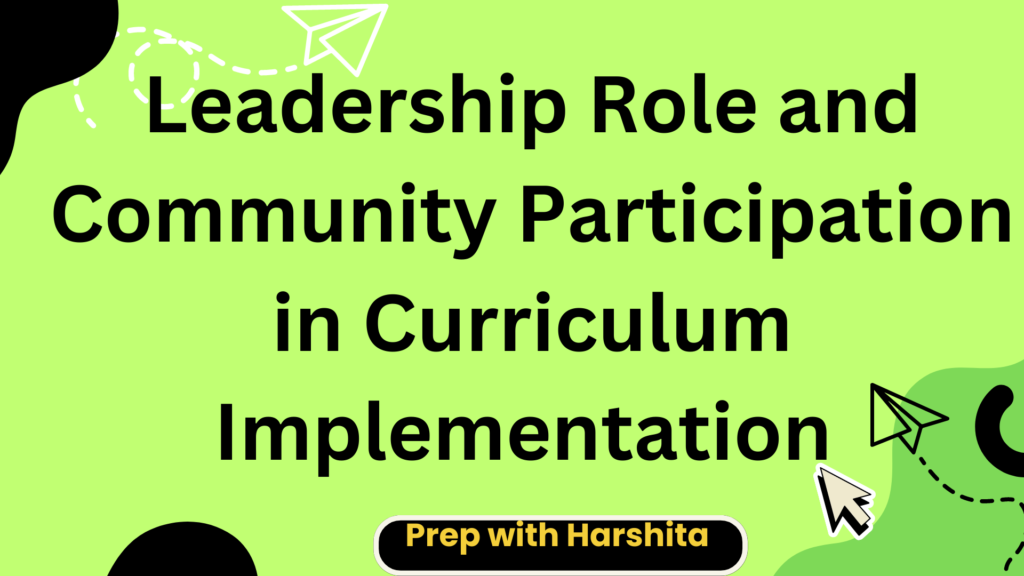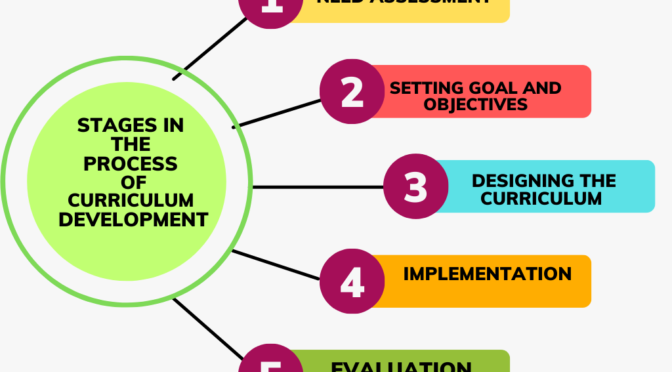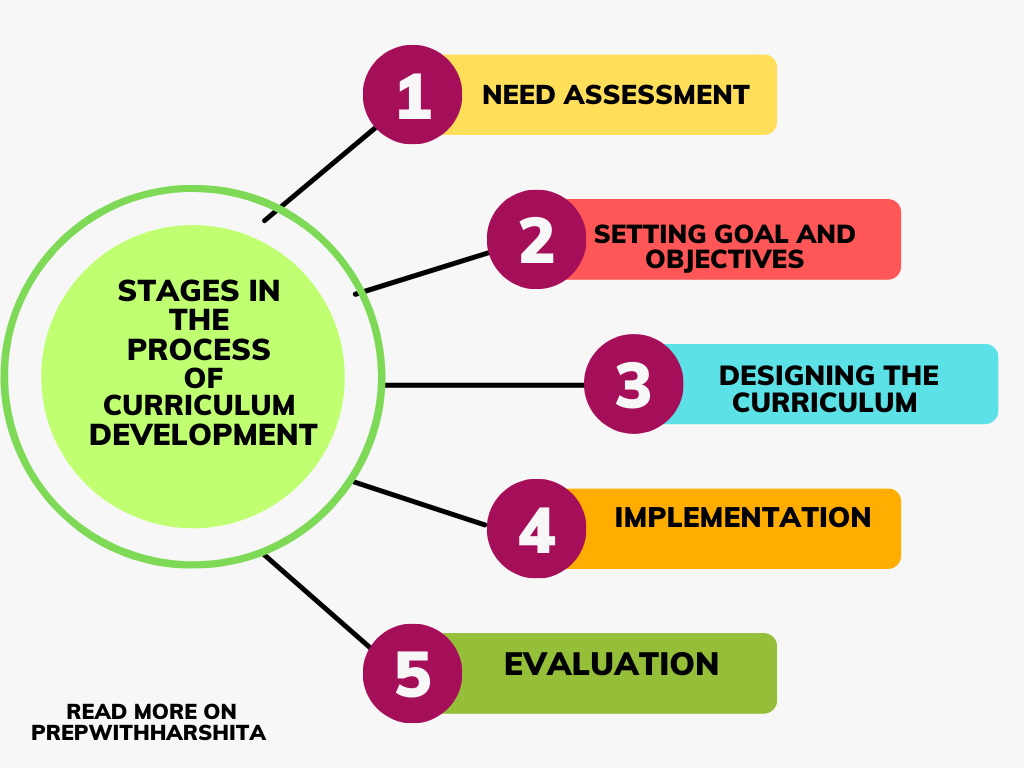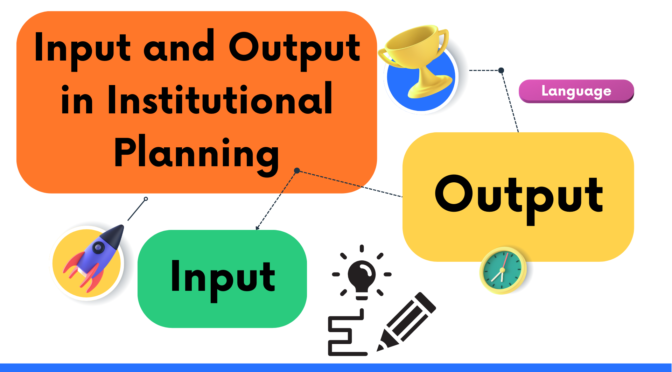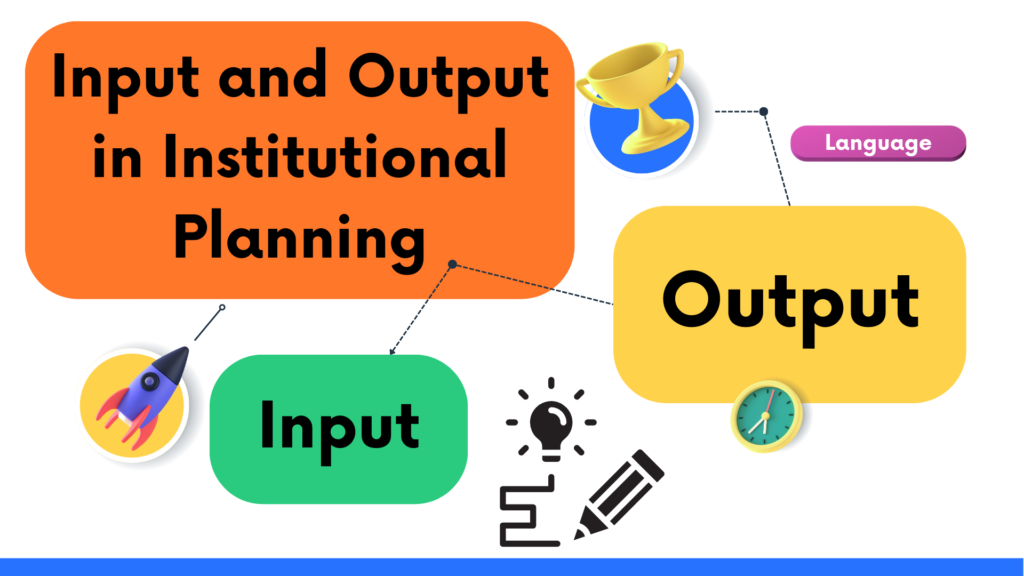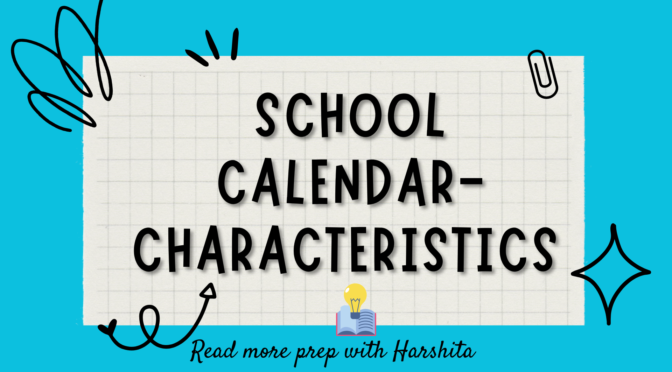The terms “inert” and “live” curriculum were coined by Hilda Taba, an influential educator and curriculum theorist in the 20th century. She used these terms to describe two different types of curriculum, each with its own strengths and weaknesses.
Inert Curriculum:
The inert curriculum refers to the formal curriculum that is written down, structured, and planned by educational authorities, experts, or textbook writers. It includes subject matter, learning objectives, assessments, and textbooks, among other things.
Inert curriculum is often seen as static, inflexible, and rigid because it is designed to ensure consistency and standardization across schools and regions. It aims to teach students specific knowledge and skills that are deemed important by the authorities who design it.
However, inert curriculum has its strengths as well. It provides a clear and coherent structure for teaching and learning, which can help students to build a strong foundation in a particular subject or field. It can also provide a framework for assessing student learning and for holding teachers and schools accountable for the quality of education they provide.
Live Curriculum:
The live curriculum, on the other hand, is the curriculum that students actually experience in the classroom. It is influenced by the teacher’s teaching style, the students’ interests and prior knowledge, and the classroom environment. The live curriculum is more fluid and dynamic than the inert curriculum and changes from class to class, and year to year.
The live curriculum may incorporate student-centered approaches, such as inquiry-based learning, problem-based learning, or project-based learning, where the students take an active role in shaping their own learning experiences. This approach allows for more student agency and voice in their learning.
The live curriculum is also shaped by the informal learning that occurs outside the classroom, including extracurricular activities, social interactions, and personal experiences. This type of learning is often experiential and helps students to develop social-emotional skills and other important life skills.
The live curriculum can be seen as more authentic, relevant, and meaningful to students than the inert curriculum. It is designed to meet the unique needs of individual learners, which can lead to better engagement and motivation.
Balancing Inert and Live Curriculum:
The challenge for educators is to balance the inert and live curriculum. The inert curriculum provides a necessary structure and framework for teaching and learning, but it should not be the only focus of instruction. The live curriculum allows for more flexibility and creativity, but it should be grounded in a strong foundation of knowledge and skills.
In order to create an effective curriculum, teachers should use the inert curriculum as a guide, but also be open to adapting and modifying it based on the needs and interests of their students. They should also be mindful of the informal learning that is taking place outside of the formal curriculum, and look for opportunities to incorporate it into their instruction.
Also Read : Stages in Curriculum Development
In summary, the inert curriculum refers to the formal curriculum that is planned and structured, while the live curriculum refers to the actual curriculum that is experienced by students. Both types of curriculum have their own strengths and weaknesses, and a balance between the two is necessary for effective teaching and learning.
Also Visit : Prep with Harshita
